“What’s that horrible smell?” I pinched my nose.
As always, my friend’s sunroom was filled with plants of every description. But there was a new one that caught my attention, and I leaned in for a closer look. “It smells like skunk.”
“You just brushed against the leaves of my latest addition. It’s called a scaredy-cat plant, or more officially Coleus canina. I’ll plant it outdoors in the spring to deter those annoying feral cats that dig up my gardens and poop all over the place.”
“Don’t tell me,” I said. “It’s the smell that deters them.”
“Mostly the fact that this plant is toxic for cats. Dogs, too — and they know it.” She chuckled. “It’s a plant with many names that describe its attributes: The piss-off plant, pee-off plant, dogbane, dogs be gone, and bunnies gone.”
“So it’s a coleus,” I noted. “It sort of looks like coleus.”
“Actually, it’s part of the mint family.”
“With that smell?!”
What’s in a Name?
The name says it all. While it’s scientifically known as the Coleus canina, its most common name is the scaredy-cat plant. It gets its name because it is rumored to deter cats from defecating near it, which is an annoying act of feral cats in particular. They will find the most nurtured part of your garden to do their business and leave a mess behind — perhaps destroying the plants. It’s certainly not something you want happening in your vegetable garden, or near anything you’re growing to eat. Dog be gone, dogbane, and bunnies gone are also popular names.
Description
In spite of its obnoxious odor, Coleus canina (or Coleus caninus) is an attractive plant. It’s a tidy bush with luscious foliage of scallop-edged, grey-green leaves. In the summer, the bush bears blue flowers. It’s the leaves that cause the obnoxious smell but (usually) only when touched.

The plant’s many names are suspect, however. There’s no definite proof that it deters cats or other animals, and its coleus attribution is confusing. As mentioned above, a member of the mint family.
Natural Habitat
This aromatic member of the mint family is native to Southern Asia and Eastern Africa, but it can grow in almost any climate. Some sources suggest it has German origins, but this has not been proved. Although it has an unpleasant odor, the flowers of the plant attract butterflies and bees and make a good pollinator blooms. Not sure what they do for the flavor of honey produced from its pollen.
Growing Conditions
Coleus canina is a warm climate plant and will thrive for about 3 to 4 years. In colder climates, it’s more of an annual plant, dying off when the cold weather hits. It’s very frost-sensitive, but it does well in containers if brought inside during the winter months. It enjoys a sunny location, either indoors or out and grows well in dry soil. It will tolerate partial shade, though it may become leggy and reduce flowering if there’s too much. It’s also drought tolerant and doesn’t do well if waterlogged, this goes for outdoors in the ground or inside in pots.
Pruning and Propagation
Treat this plant like a dahlia or a chrysanthemum – pinch back the leaves early in the season to ensure fuller, bushier plant leaves. Deadhead the flowers to help promote blooms, and prevent self-seeding, which can allow the plant to take over garden areas.
Propagation is easy, just like other members of the mint family. Early in the season, cut off a 5-inch stem and plant it in pot with a standard potting soil mix, keeping it moist for the first few days as the roots develop. After a few weeks, this cutting is mature enough to transfer to the garden.

You can even plant a sliced leaf portion in the soil, and it will root itself. You may notice trailing branches that touch the soil acting like self-layered roots, which can be severed from the mother plant and transferred to another location or to pots.
To grow from seed, collect the flower heads in the fall and store them in a paper bag. Once fully dry, crush the petals to collect the seeds. They can be saved over the winter then sown indoors with a seed starter mix, usually about six weeks before the last frost.
Uses
Coleus canina is primarily a garden plant, presumably one that repels unwanted critters and some insects. Again, there’s no proof to support this theory, but many gardeners firmly believe in its effectiveness — primarily against deer and rabbits.
The unpleasant, pungent odor isn’t noticeable to humans unless they rub against the plant or touch it. The odor lingers on fabrics, so it’s a good idea to wear disposable or washable garden gloves when handling this plant.
As a garden plant, it fills empty spots and provides long-lasting color to otherwise bleak areas.
Toxicity
Coleus canina is poisonous to pets, but its toxicity is low, so it’s not likely to be fatal, merely enough to make the pet sick.
Pests and Diseases
Coleus canina has no significant pest or disease issues. If the soil is too wet, or there’s not enough sunlight in the growing area, it might suffer in growth and flower production. How to solve? Simply relocate the plant to a sunnier location, make sure the soil has good drainage, and add fertilizer. If the plant becomes too leggy, you can cut back the stems to help it become fuller and bushier.
Just remember how it comes by its many names, and wear your garden gloves!






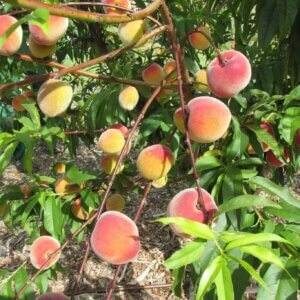

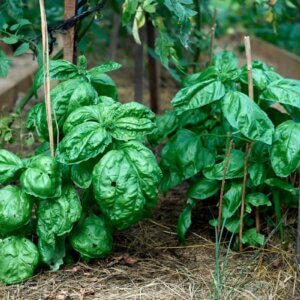


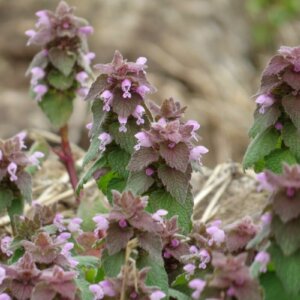


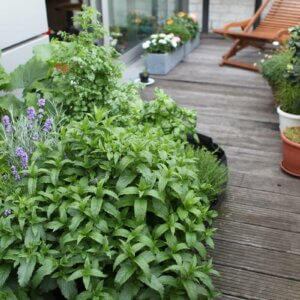
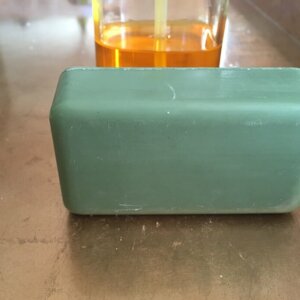




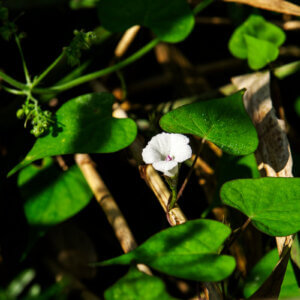



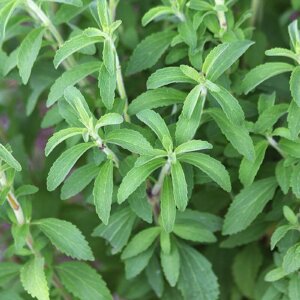
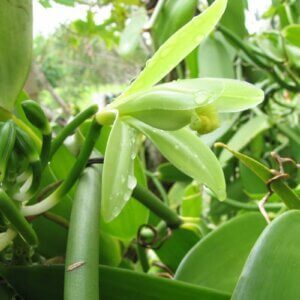



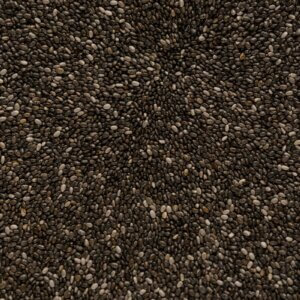

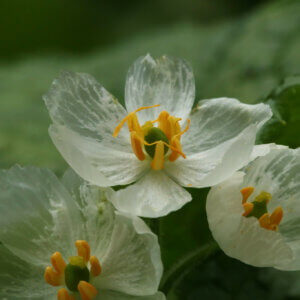



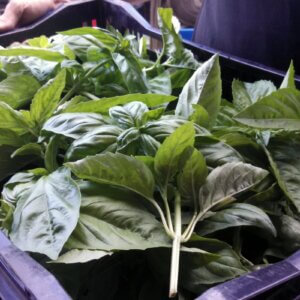






Leave a Reply